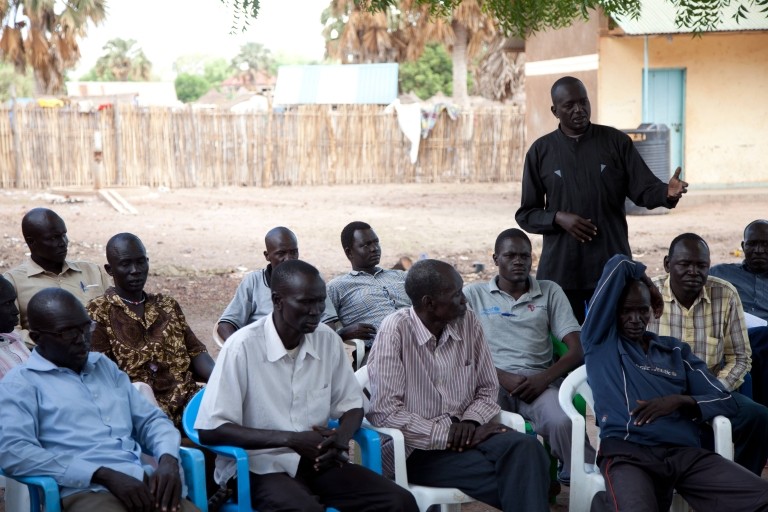Blog
Keeping local solutions front and center in integrated development

This post originallly appeared on the Crowd360 website and is cross-posted with permission.
JustAction’s blog post, “The Integrators: Is our future in their hands,” is both helpful and provocative in its call to focus less on the abstract concept of “integration” and more on the specific values and behaviors that define an “integrator.” The depiction of an integrator weaving between the worlds of the “specialist” and the “generalist” feels exactly right. The fundamental role of an integrator is to draw on divergent disciplines and skills in order to address complex challenges. In short, the integrator acts as a connector across specialties and a bridge between specialists and generalists.
The blog identifies three “basic orientations” of an integrator: “clarity on a big end goal with disproportionate benefits for the majority”; “obsession with data and evidence”; and an “innate understanding of how technology allows us to bypass boundaries.” These are undoubtedly helpful (and perhaps essential) characteristics of a successful integrator. However, to this list I would add a fourth, foundational orientation: A radical commitment to listening to and understanding the needs and requirements of end users as a fundamental basis for action.
Elon Musk, Jeff Bezos, and Steve Jobs built transformational products and companies because they deeply understood the tangible and intangible desires of their customers. Likewise, transformative development initiatives are necessarily grounded in the authentic needs of the individuals and communities they serve. An integrator should know that an intensive focus on the end user naturally leads to transdisciplinary solutions almost every time. Tesla’s customers have desires that require solutions grounded in engineering, computing, and design. Likewise, when given the opportunity, communities define their problems as spanning neat disciplinary categories such as “health”, “education”, or “livelihoods.”
The challenge for an integrator is how to internalize and operationalize the habit of listening to and following her end users. This is something we think about in practical terms at Pact, including with our fellow collaborators at Locus, an initiative aimed at advancing integrated, locally owned solutions to development. Pact is piloting the use of Human Centered Design (HCD) – an approach familiar to many of the companies cited in JustAction’s blog – as the basis for how we design development interventions. Importantly, our goal with HCD is to develop a rigorous and empowering approach for communities to define their needs and articulate their future visions. Similarly, the Hunger Project’s Community-Led Development approach offers a framework for communities to own and direct their own development.
The integrator described by JustAction is in a privileged position of power, with the ability to forge ingenious connections across disciplines, harness evidence, and intelligently apply technological solutions to intractable problems. A radical focus on the end users she serves (and seeing them as leaders) will give the integrator another important asset, humility. By following their lead, the integrator will not only be able to “benefit” individuals and communities but empower them.